One of my favorite corn symbols shows the corn god emerging from the shell of a tortoise. This detail from a bowl found in present-day Guatemala shows the corn god as a germinating seed. The "face" is the crinkled corn seed, which seems utterly dry and devoid of life. The "headdress" depicts the young leaves of a new corn plant.
I have spent a good amount of time traveling in the Yucatan and it seems that wherever I travel, whichever archeological site I visit, there are depictions of corn. Compare this more recent, highly abstracted carving from the Pu'uc region to the older, more "literal representation" we observed in the Guatamalen bowl.
Here is a similar symbol from Mayapan, not far from Kabah. It's interesting that here the symbol, which is nearly identical, seems to be upside-down. Was this a mistake that contemporary restorers made?
I am struck by the unmistakable identity of a cob of corn from this stone carving on display at Palenque, one of the major Mayan sites, which sits deep in the rainforest.
It is similar to other more literal interpretations such as this one from Ek Ba'alam.
Elsewhere at Ek Ba'alam corn is depicted as part of a mask.
This is common in the Yucatan and in other parts of Mexico as well.
After Europeans settled in Mexico, the maize symbol continued, perhaps as an expression of indigenous autonomy. Here is an example from a colonial-era building in Mexico City.
One of the most amazing depictions of corn I have ever seen is very tiny. It is only a few millimeters tall. It is found on the back of a larger-than-life Catholic saint's reliquary that is on display at the Victoria and Albert Museum in London. Perhaps the corn symbol was put there by an indigenous metal worker who was putting the signature of his religion onto this object that was valued by the conquerers.
Zea mays continues as a symbol throughout contemporary Mexico, a living icon of the grain that continues to nourish most of the people in this amazing country.
And just for the record...the world's first corn dog.
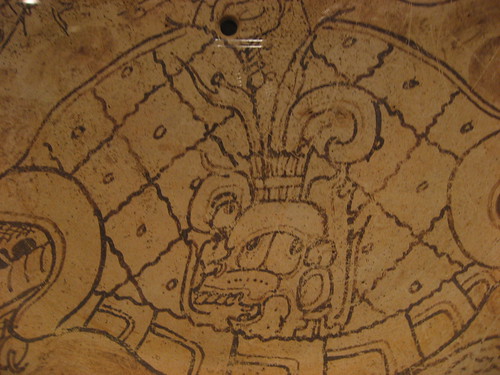
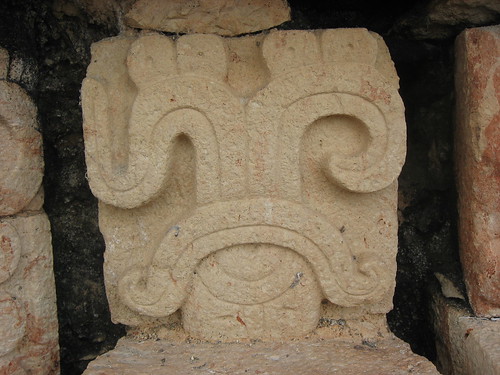
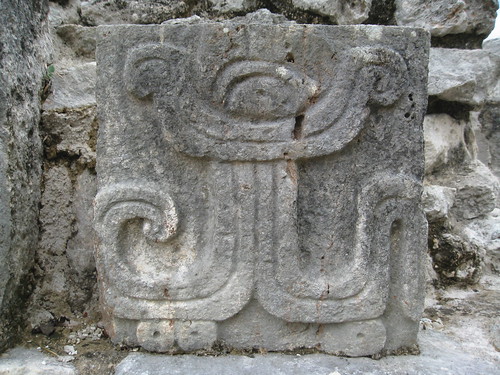
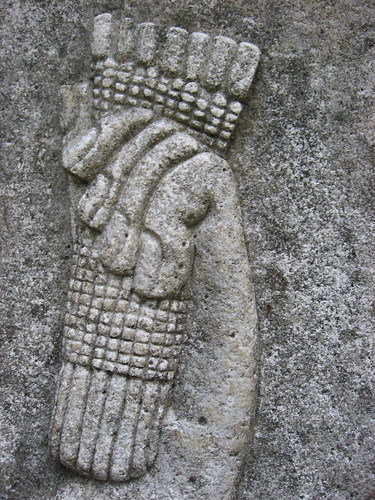

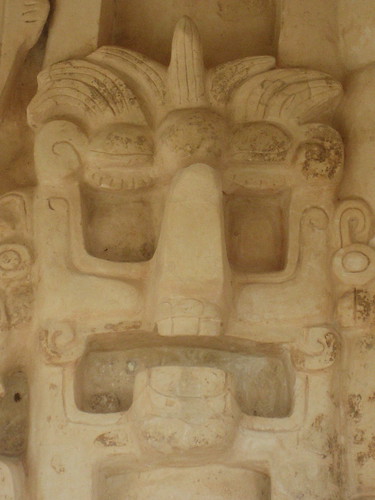
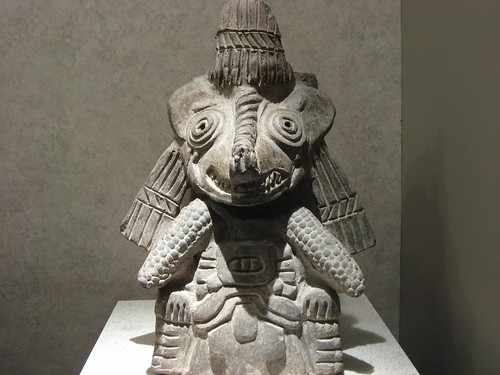
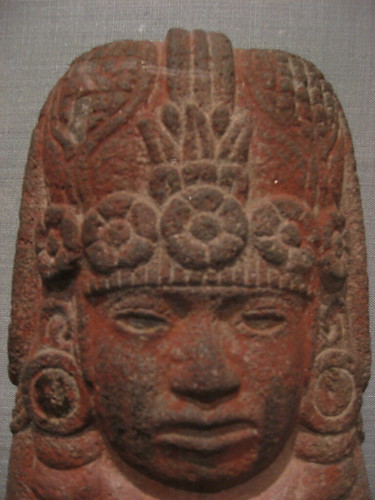
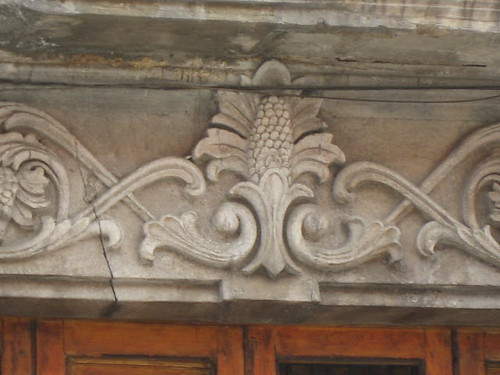

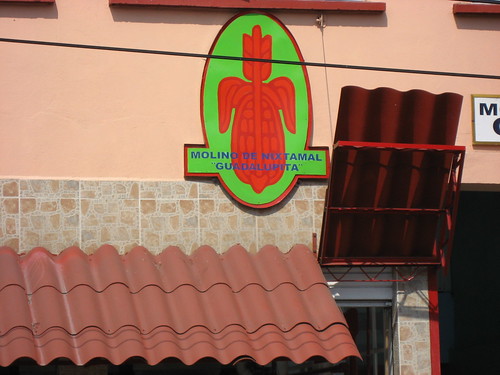

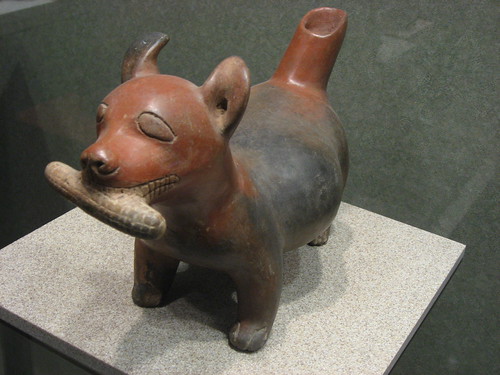
No comments:
Post a Comment